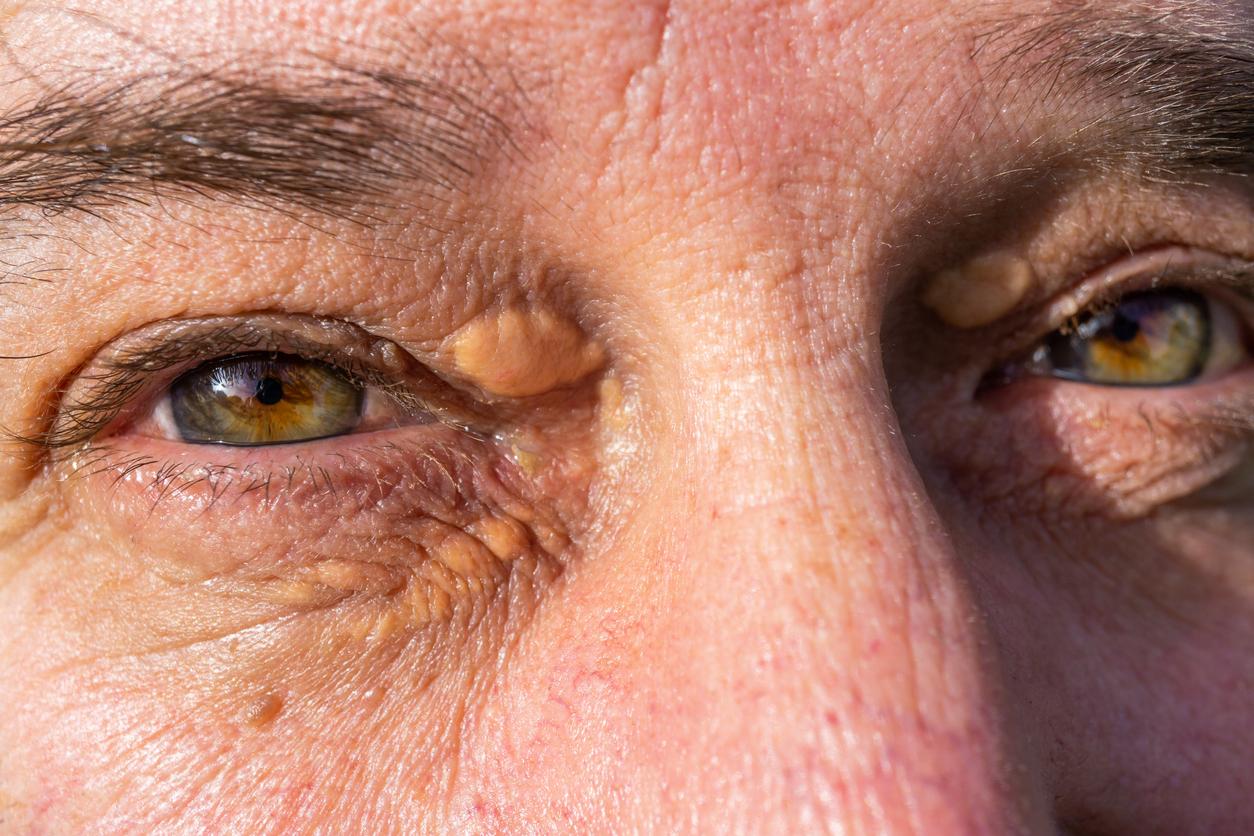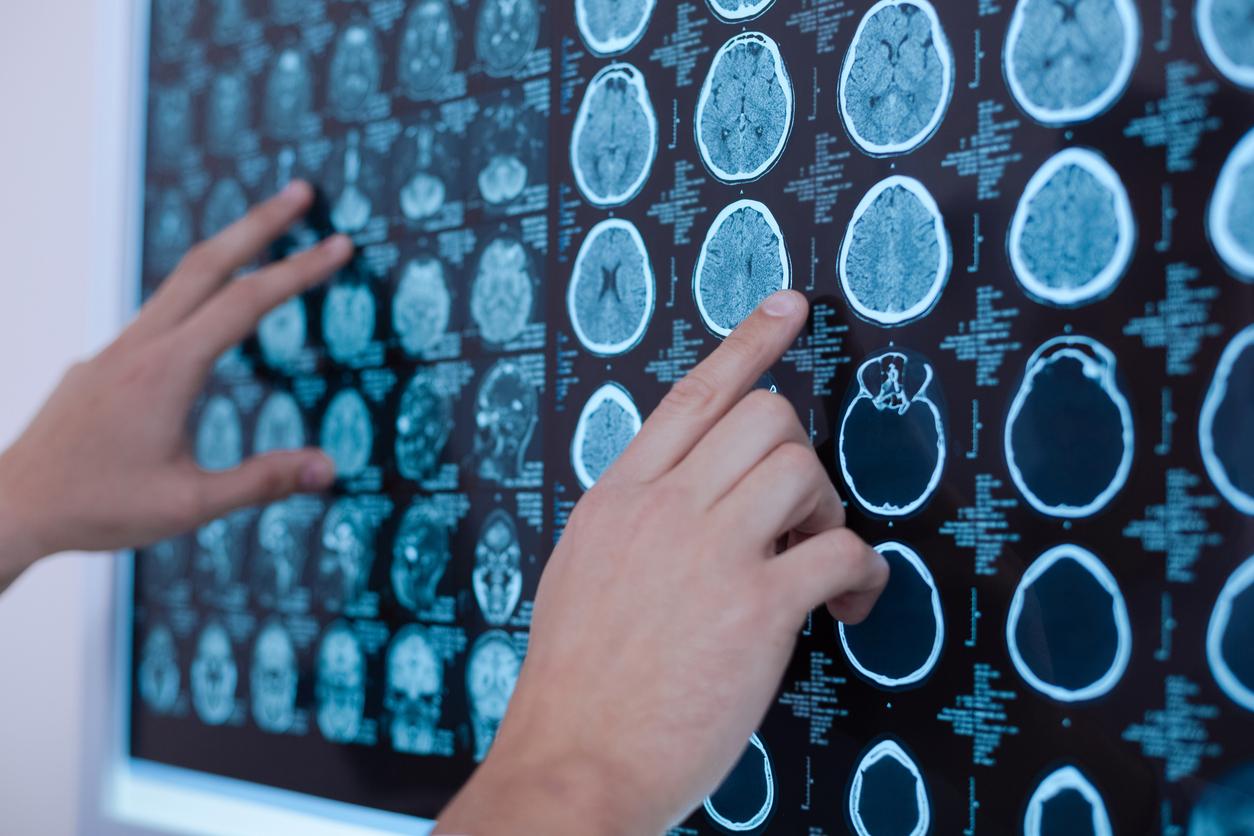An abnormal symmetry of light receptors would cause, in dyslexics, a mirror image that the brain would not be able to process. This is presented as one of the causes of this disorder by two French scientists who have just been awarded a prize by the National Academy of Medicine.

- A symmetry of the “centroids of the Maxwell task” would be at the origin of dyslexia
- This peculiarity would generate mirror images between which the brain would not be able to choose, thus causing reading disorders
- The work of two French scientists leads to the development of a troboscopic lamp system that can treat dyslexia
What if the cause of dyslexia is hidden in the eyes? This is the thesis defended by two physicists from Rennes, Albert Le Floch and Guy Ropars, who were awarded the prize of the National Academy of Medicine on December 15 for their work published in October 2017 in the journal The Royal Society. According to them, it is in an area of the retina called the fovea that the origin of this disorder is located, which affects between 5 and 15% of children in an age group handicapped by learning difficulties, particularly in the reading.
Mirror images the brain can’t choose between
It was by examining tiny light receptors in the eyes, the centroids of the Maxwell task, that they discovered that these, normally asymmetrical from one eye to the other, were identical in people suffering from of dyslexia. As a result, they do not have what is called the dominant eye, the one used for aiming, for example, which leads to the creation of mirror images in the brain and the latter’s inability to choose the right picture.
The major interest of this discovery, beyond the light it sheds on the still highly debated origin of this disorder, is the possibility of a treatment. Le Floch and Roras’ research led them to develop a troboscopic light system capable of erasing the mirror image and which has been tested by more than 200 people with conclusive results in 90% of cases.
Improvements in some patients
“With this technique, some patients feel improvements, others do not, but it will be necessary to determine what part these devices have in the progress they are making and, above all, it will be necessary to carry out scientific studies to see if this really works”, judged recently in an interview with Why Doctor the speech therapist Rose-Marie Lirola, teacher at the Pierre and Marie Curie University in Paris.
For this therapist who explains dyslexia as “a link that does not work between a switch and a lamp, the switch being the letter, the lamp the way the letter is pronounced and the wire, the work of the brain in reading” , dyslexia would be due to a phenomenon occurring at the embryonic stage: a particular migration of cells in the neural tube when the two hemispheres of the brain are formed. “It is a neurodevelopmental disorder linked to the dysfunction of the ‘visual word form area’, the part of the brain which manages the link between the image of a letter and its meaning”.
.

















